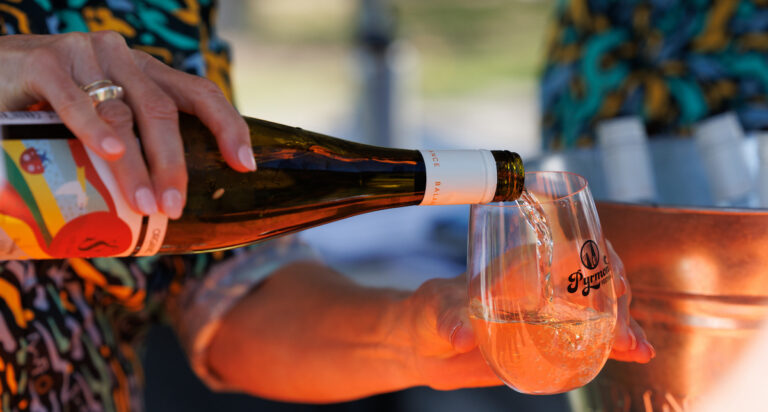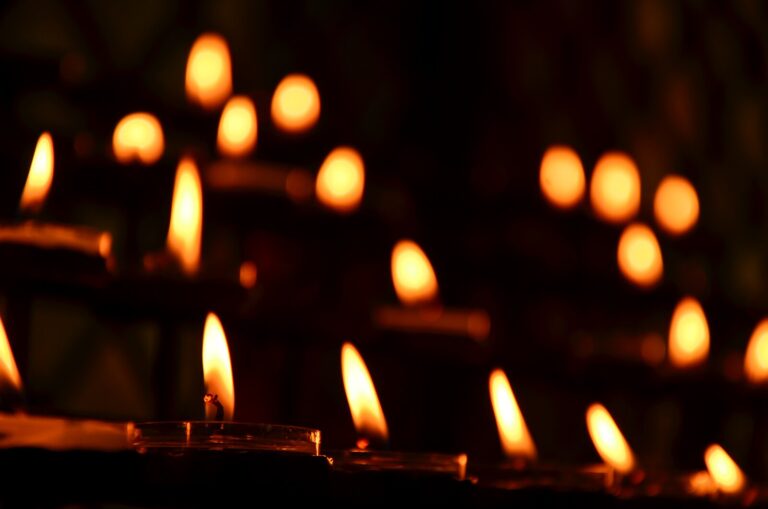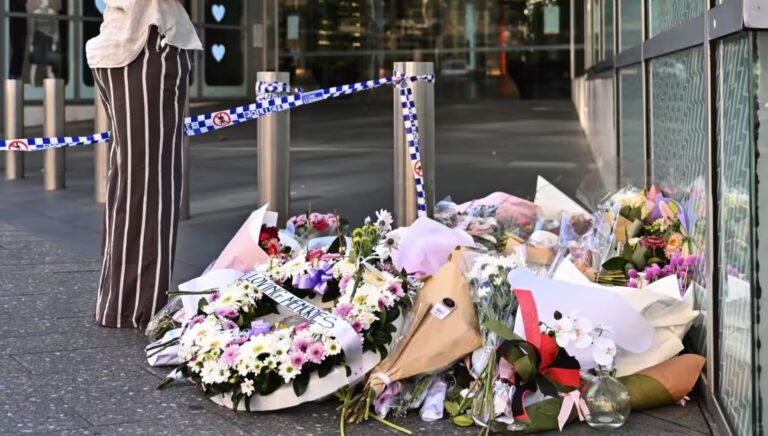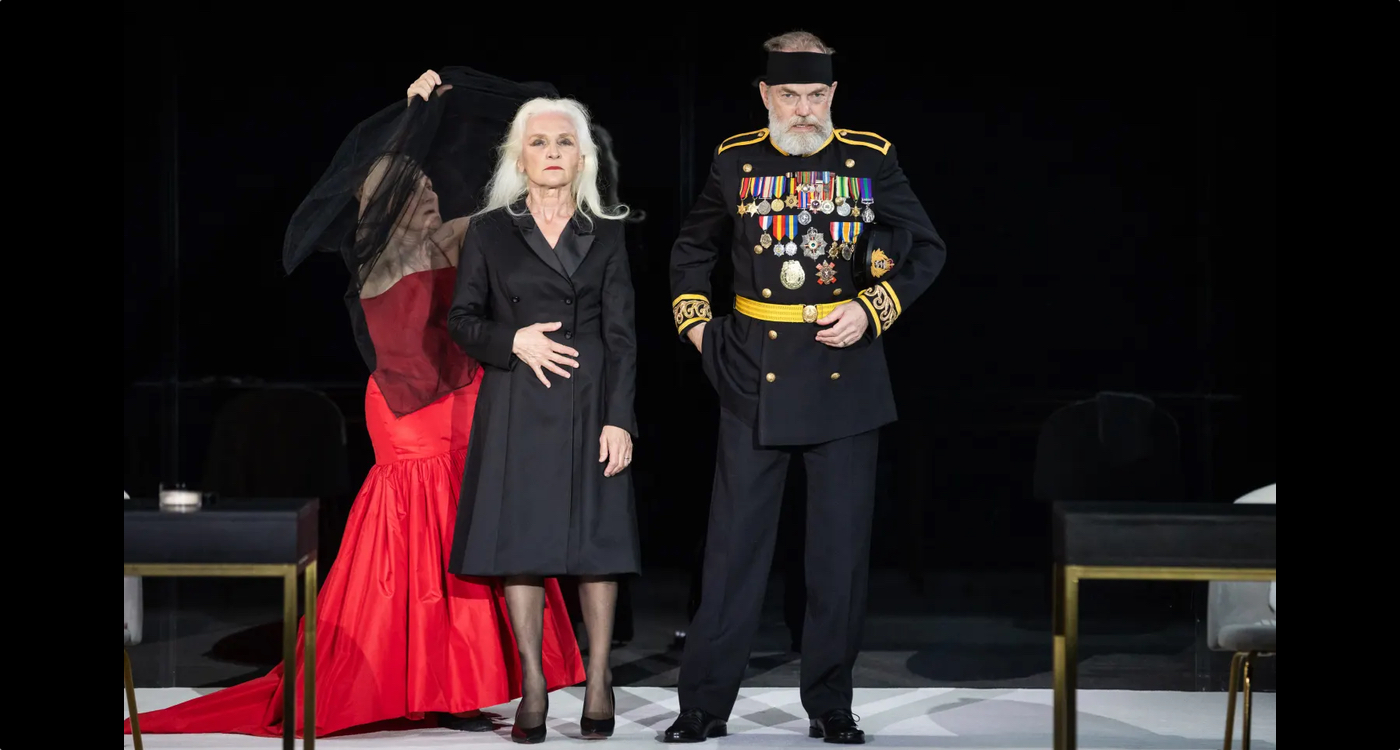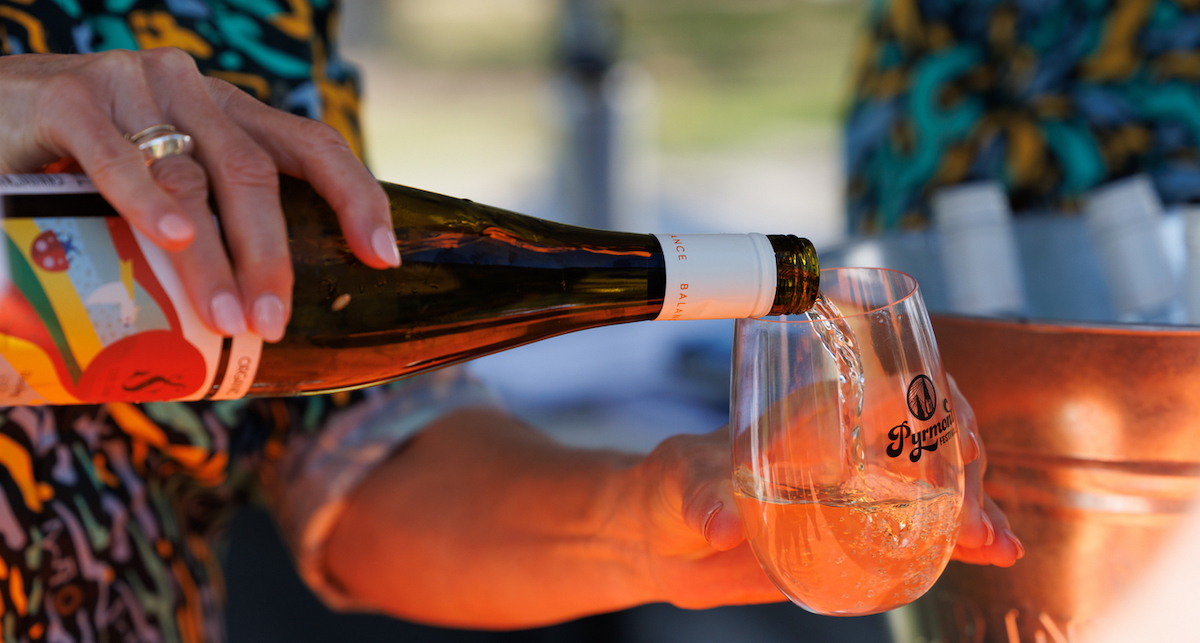
Project Re:make for Education

Discarded artworks have been rescued and renovated for an upcoming exhibition, to raise funds for a local school.
Project Re:make has brought together 12 emerging artists, matching them with 12 abandoned artworks, all of which will be available for viewing and purchase on March 29. The funds will be donated to East Sydney High, a school designed for young students who are marginalised and disengaged from the school system.
Artist Joel Cameron is among those who will showcase their works.
“I am honoured to be a part of a project which is wholesome on so many levels, from recycling to helping disadvantaged kids through the use of art,” he says.
“It is great that Project Re:make has found a way to recycle unloved and abandoned art projects. By giving new life to these recycled artworks we are able to contribute and support the future of the art community.”
Mr Cameron has a background in illustration and sculpture and has transformed a cabinet of mystery for Re:make. He strressed the importance of access to art programs for young people.
“It is a therapeutic form and can be the purest way for people to express their subconscious physically and emotionally.”
East Sydney High has been operating in Darlinghurst since 1976. It offers 10am-2pm educations in Maths, English, History, Science and Geography, as well as project-based work from students’ individual interests.
Principal of East Sydney High, Peter Tattersall,was contacted by Re:make after she saw an article about the school in the Sydney Magazine and thought it would be a good fit with the project.”
“We were more than happy to get involved and Leigh (from Re:make) has since been to the school a number of times to discuss the project and how we can collaborate to get the best outcomes for both the artists and the school,” he says.
“This has been further embraced by one of our teachers, Inga Dalrymple, who also works as an artist and will be represented in the show.”
Mr. Tattersall believes fundraising is important, but more needs to be done to put public schools on a level playing field with private schools.
“The fact is, there is a massive demand for high-end private education and a line of parents willing to pay more exorbitant fees to get what is perceived as a head start. The discussion really needs to be around what type of education environment we want operating in the state,” he says.
“Is the multi-tier system one we are happy with as a community? If not, we need to look not only at funding models, but also teacher training and placement as we target areas that benefit most from the financial and experiential resources available.”
Statistics produced in a recent Productivity Commission report showed private school funding increased higher than the inflation rate each year, with government spending per private school student increasing by 3.4 per cent a year.
Mr Tattersall says: “There is great variety amongst public schools as there is within the private sector and the Productivity Commission faced an uphill battle in accounting for these differences in the broad brush strokes used.”
While private schools get $1.2 million a year more than public schools, funds are coming from all sources including private school fees and other fundraisers. Only 57 per cent is attributed to the government.
Federal MP for Sydney and deputy opposition leader Tanya Plibersek said the report shows we need to do more for those schools that need it most.
“We know that a good education is the best creator of opportunity in our society,” she said.
“Every child, regardless of their socioeconomic circumstances, deserves the right to a top quality education.”
Ms Plibersek argues the Better Schools Reform, initiated by Labor in 2010, needs to be followed and supported by the Abbott government.
“Better Schools gives schools additional funding on the basis of student need. Our plan provided additional funding loadings for disadvantaged students. Need should be the fundamental principle for funding our schools.”
2012 studies show Australia’s educational standing has dropped in the past ten years, with primary school students ranked 27th internationally for reading.
“Public schools are accessible to all, and therefore allow all the opportunity for a great education,” Ms Plibersek said.
“In order to ensure that all of our children have the best chance at life we need to make sure that our public schools are able to deliver the best education possible to their students and that means ensuring they are properly funded.”
Mar 29 & 30, East Sydney High School, 75 William St, Darlinghurst, free, projectremake.org
